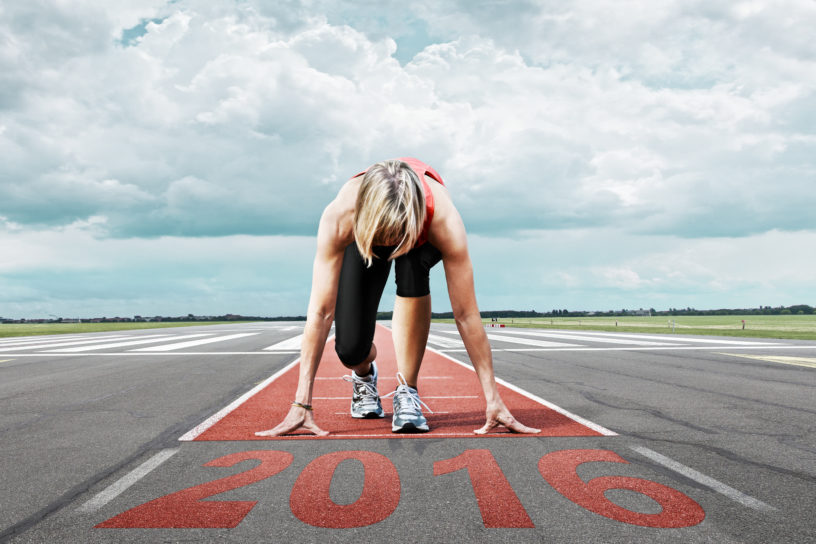If you’re like us you’ve been glued to a screen watching the world’s best runners compete on the largest stage. Elite runners seem other-worldly, making unimaginable paces look easy. We know there are a laundry list of characteristics that make someone elite, but what about their mechanics? Do they run differently than us?
Over the past year, a handful of elites have used RunScribe in their training for 2016. A couple elites agreed to let us use their data anonymously for comparison purposes. Certainly not a scientific study but some fun facts for the inevitable results roundtable you’ll have with friends in the coming weeks.
The two elites we will study – one male and one female – are middle distance runners. The female, I’ll call her Susan, specializes in the 800 and has a PR very close to 2:00. The male, I’ll call Jim, runs the 800, 1500, and mile and has a mile PR well under 4:00. One of the challenges of making these comparisons was finding data in appropriate pace ranges because as we know, mechanics are heavily influenced by pace. So I selected a few workouts from each of these runners where their pace varied mostly between 6:00 and 7:30min/mile and compared these data to the broader RunScribe community database. As you can see from the plots one data point for Jim is far below that range, but I wanted additional data points to establish his trend line.
At first glance the data doesn’t look extremely different. The elites stride rates (SR) are in the mid to high 170s str/min, slightly less than the non-elites, coming in at 180+. (However, at race pace, Jim’s SR climbs well over 200 st/min). A look at the broader data set showed impact and braking Gs in the same range as us mortals, 11 to 12 Gs. Pronation and max pronation velocities were also similar except at the faster end of the range the elites pronation velocity did tend to creep up faster than non-elites.
Obvious differences emerge when we look closer at the timing of events in the gait cycle. Specifically ground contact time (CT) and flight time (FLt). At RunScribe we created a metric called flight ratio (FR) which uses both of these metrics. The following plot shows the dramatic difference between the two elite runners and the RunScribe community. If you look at the individual metrics, CT and FLt, we see the elite secret sauce. Both Jim and Susan have dramatically lower CT AND longer flight times than the average runners in our database at this range of speeds. It’s the combination of the two that puts them in a category all their own.



These elites spend less time on the ground and more time in the air every step. They generate more force during a shorter ground contact which allows them to fly more between steps. We know accomplished runners tend to have shorter ground contact times than average runners at comparable speeds. Probably because they’ve learned this helps tap into the elastic energy in their muscles and tendons, whereas the rest of us didn’t get that memo when we were growing up and participating in sports.
As you can see, standard metrics like pace, stride rate and contact time don’t give us the full story. It’s valuable to track advanced metrics like Flight Ratio when evaluating progress and training for a goal. But when it comes to comparing your mechanics to an elite – don’t get too hung up on the science. Sometimes its best to be in awe of what they can accomplish.

